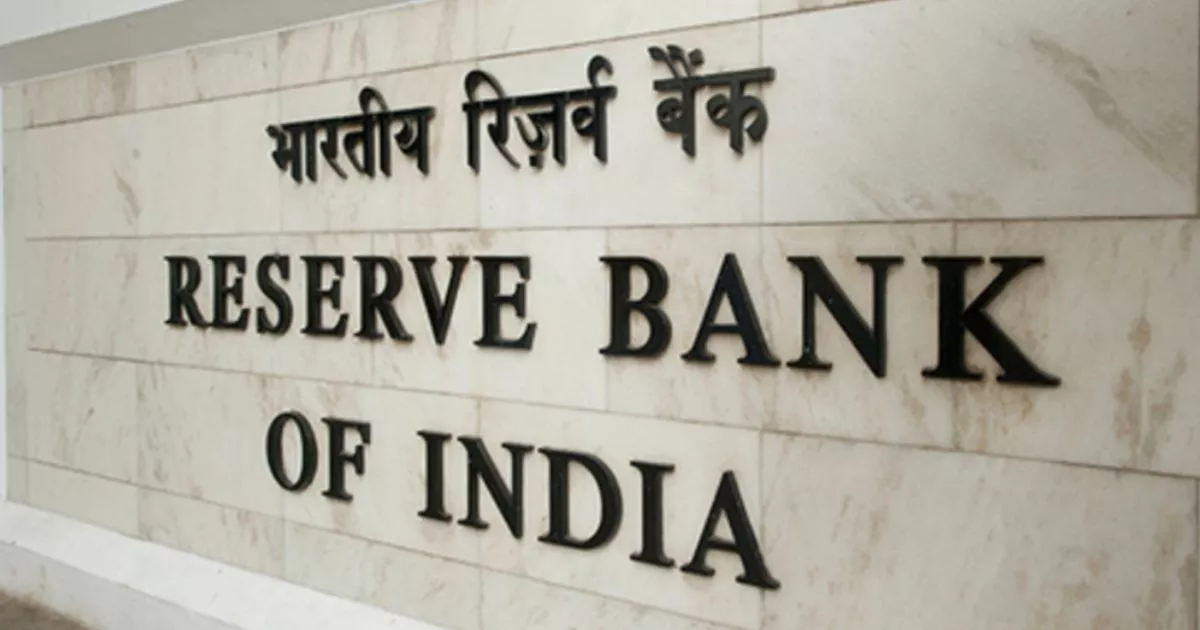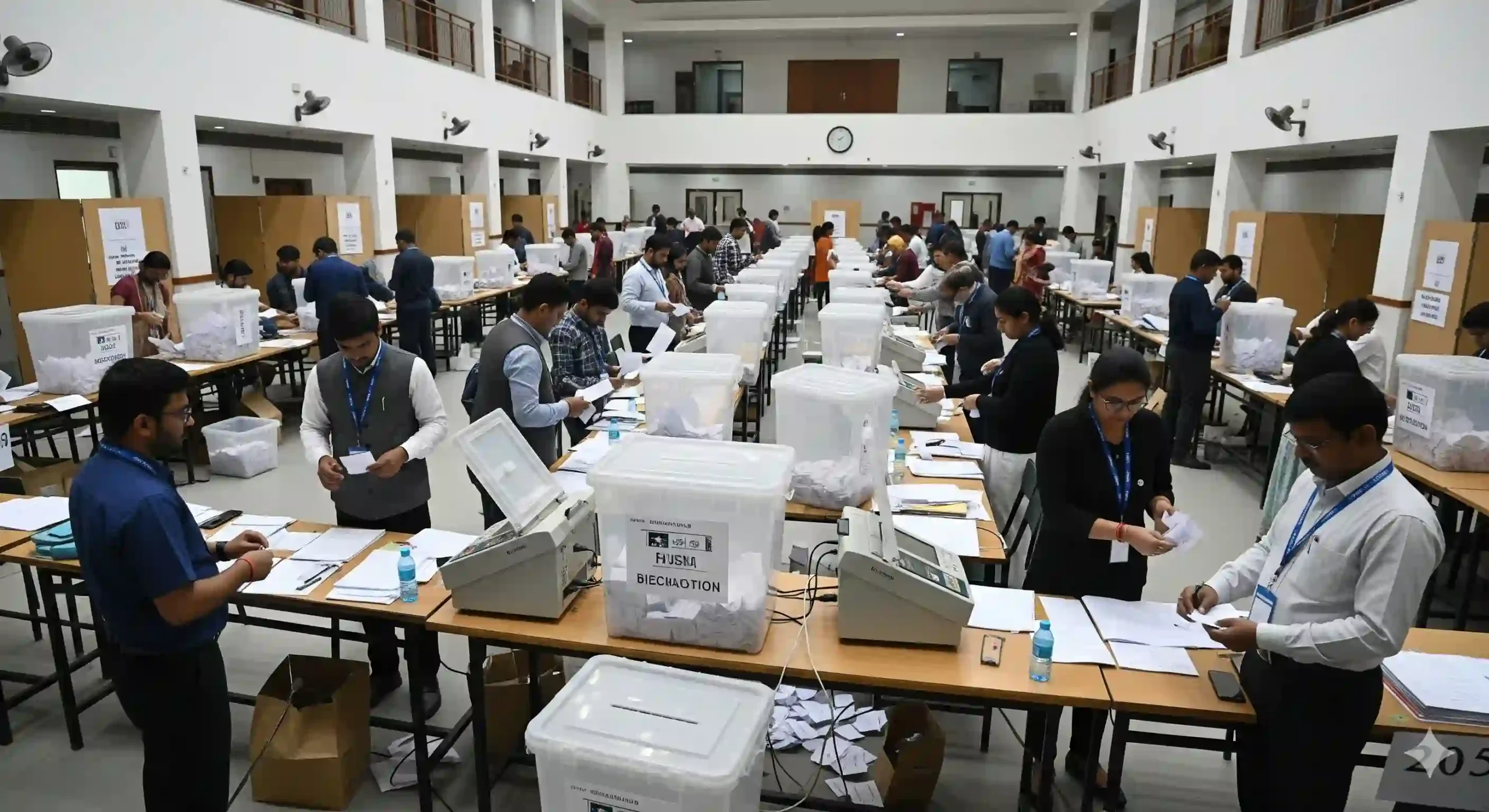RBI Experts Analyze Diminished Risk of Stagflation in India
The Reserve Bank of India’s recent analysis signals a decreased risk of stagflation in India, attributing the decline to multiple factors such as easing financial conditions, stable INR/USD exchange rates, and consistent domestic fuel prices.
In a comprehensive review, RBI officials Deba Prasad Rath, Silu Muduli, and Himani Shekhar outlined the nuanced assessment methodologies employed, including the examination of supply-side shocks and the application of ‘at-risk’ frameworks. Their findings suggest a notable reduction in the probability of stagflation, currently estimated at a mere 1%, compared to the earlier projection of 3% in August.
The report underscores the potential destabilization effect of stagflation on a nation’s macroeconomic framework, emphasizing the RBI’s vigilant role in maintaining price stability amid growth objectives.
While acknowledging global concerns over stagflation due to higher commodity prices and U.S. dollar appreciation post-pandemic, the report identifies two key risk factors for India: financial conditions and rupee depreciation against the U.S. dollar. The empirical estimates substantiate these factors’ significant influence on stagflation likelihood.
Despite favorable macroeconomic conditions, the report acknowledges residual risks associated with external factors such as the COVID-19 pandemic, geopolitical tensions, and supply chain disruptions. However, the overall risk of stagflation is deemed lower at 1%, thanks to recent improvements in financial conditions, moderated currency depreciation, and stable crude oil prices.
The comprehensive analysis traces India’s historical stagflation risks during global financial crises, the taper tantrum, and the COVID-19 pandemic. While acknowledging the economic slowdown during these phases, the report credits recent measures, including a relaxed monetary policy, for alleviating risks.
In conclusion, the experts express optimism regarding India’s current economic outlook, highlighting the positive impact of eased financial conditions, moderate currency depreciation, and stable crude oil prices in mitigating the risk of stagflation.
Note: The views expressed in this analysis belong to the authors and not necessarily those of RBI.
Disclaimer: The perspectives shared in this analysis are those of investment experts at investopedia.co.in and not representative of the website or its management. Users are advised to consult certified experts before making investment decisions.
This post is for informational purposes only.Invest responsibly.No guarantees of results. Seek professional guidance before investing.Consult experts for personalized advice.AI-assisted content, editorially reviewed.See our terms for details.Please note that I am not a SEBI registered investment advisor. The information provided in this article is for informational and educational purposes only and should not be construed as financial advice. Always consult with a qualified and SEBI registered financial professional before making any investment decisions. .Follows Google policies.Not affiliated with Investopedia.com. investopedia.co.in Independent site.







